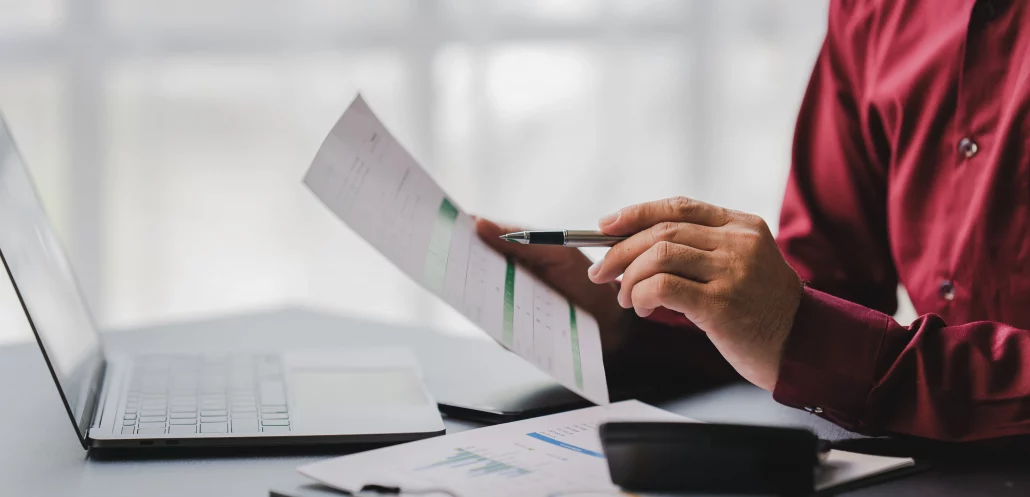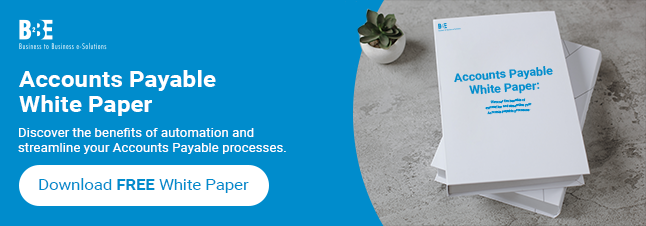Invoice validation is a key step in the accounts payable process. It ensures that every invoice received is accurate, complete, and ready for payment. Without a proper validating process, businesses risk paying incorrect amounts, missing due dates, or processing duplicate invoices — all of which can lead to financial and operational issues.
In this blog, we’ll break down what invoice validation involves, why it’s important, and how to strengthen your validation process for better results.
What Is Invoice Validation?
Invoice validation is the process of checking an invoice against predefined rules and supporting documents before it’s approved for payment. This includes verifying:
- Supplier details
- Purchase order numbers
- Line item accuracy
- Tax calculations
- Payment terms
- Duplicate entries
Because invoices often come from different sources and formats, validating them helps ensure consistency and compliance across the board.
Visionnez notre vidéo ci-dessous :
Why Invoice Validation Is Essential
Errors in invoices can lead to overpayments, delayed payments, or disputes with suppliers. Invoice validation helps catch these issues early. It also supports internal controls by ensuring that only legitimate, approved invoices are processed.
For example, if an invoice doesn’t match the corresponding purchase order, it may indicate a pricing error or an unauthorised charge. Validating this before payment protects your organisation from financial loss.
So, it isn’t just about accuracy — it’s about accountability and risk reduction.
How Invoice Validation Works
A typical process for validating invoices includes:
- Data capture – Extracting key details from the invoice.
- Correspondant – Comparing invoice data with purchase orders, delivery receipts, or contracts.
- Rule checks – Applying business rules to verify tax, totals, and payment terms.
- Traitement des exceptions – Flagging discrepancies for review.
- Approval routing – Sending validated invoices to the right approvers.
Because automation can handle much of this process, many organisations use digital tools to speed up validation and reduce manual effort.
Tips to Improve Invoice Validation
To strengthen your process, consider:
- Standardise invoice formats to reduce confusion.
- Automate data extraction to minimise errors.
- Set clear validation rules based on your business needs.
- Integrate with procurement systems for seamless matching.
- Monitor exceptions and resolve them quickly.
These steps help ensure that invoices are processed accurately and on time, improving supplier relationships and cash flow visibility.
Wrapping Up: Why Invoice Validation Deserves Attention
Validating invoices is more than a routine check — it’s a safeguard for your accounts payable process. By verifying invoices before payment, you reduce errors, prevent fraud, and maintain financial control.
Whether you’re processing a handful of invoices or managing thousands each month, a strong validation process helps you work smarter and more confidently. And in today’s fast-paced business environment, that’s a competitive advantage worth having.
Wondering how invoice validation can help you? Contact us to learn more about our solutions.

